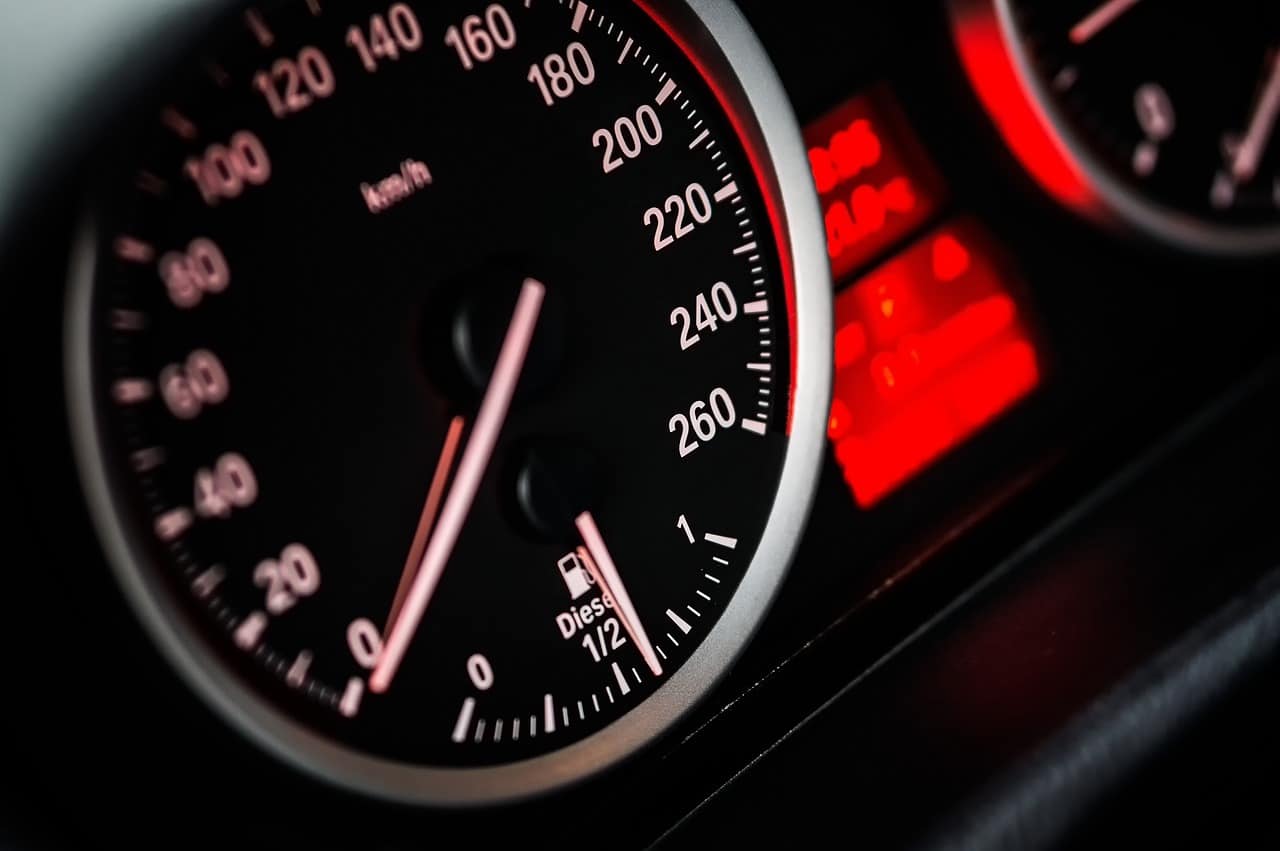Speeding is a risky driving behavior. Excessive speed is sited as a cause in nearly a third of all fatal car accidents and can be costly for drivers through expensive traffic tickets and increased insurance premiums. Intelligent Speed Assistance (ISA) refers to any in-vehicle technology that ensures that vehicles do not exceed legally enforced speed limits. It does this through in-vehicle GPS technology that interacts with digitally mapped speed limit data or through vehicle-based sign recognition that gathers data from posted speed limit signs. ISA systems vary from those that merely inform drivers of the legal speed limit in an area to those that actively prevent drivers from exceeding the speed limit.
Types of ISA Systems
- The most basic ISA systems inform drivers of the legal speed limit in a region, usually through the vehicle’s dashboard display. They don’t alert drivers when they exceed the speed limit, nor do they actively prevent drivers from speeding.
- An open ISA system informs the driver of the legal speed limit and also alerts them when they exceed it. It’s up to the driver to decide how to respond; it doesn’t actively prevent speeding.
- A half-open system applies resistance to the vehicle’s accelerator to make speeding more difficult. The driver can turn off this feature if they wish.
- A mandatory speed compliance system automatically prevents the driver from exceeding the legal speed limit. These systems are similar to speed governors that limit the maximum speed of vehicles. The difference with mandatory speed compliance systems is that the maximum speed changes according to the legal speed limit in the area.
Usage and Effectiveness
ISA systems have only received limited trials in the United States. There are several vehicles with optional open ISA systems available, but half-open and mandatory speed compliance systems aren’t widely used. On the other hand, the European Union passed legislation in 2019 that required all new vehicles sold to be equipped with ISA systems starting in 2024. These systems work much like cruise control and limit engine power to prevent vehicles from exceeding posted speed limits. The ISA systems are turned “on” by default, but they can be deactivated by drivers.
ISA systems have proven effective in reducing speeding on European roads as long as the systems are being used. When ISA systems are activated, drivers have been shown to obey speed limit laws and reduce their speeds overall. On the other hand, there seems to be little effectiveness in using ISA systems to “train” drivers to travel at lower speeds. They don’t speed when the systems are turned on simply because they aren’t able to do so. When the systems are deactivated and there’s nothing to prevent drivers from speeding, their speeds still increase.
Still, ISA systems could be effective in preventing speeding and reckless driving. There is a growing movement to adopt these systems in the United States, with Virginia being the first state in the nation to pass legislation that allows judges to require drivers caught going 100 miles per hour to install ISA systems in their vehicles. This law will take effect in July 2026. Washington State and Georgia have passed similar laws, as has Washington, D.C..
Support for ISA technology is gaining momentum in the United States, but time will tell if it will reduce reckless driving and help make our roads safer.





